No Products in the Cart
FREE DELIVERY on orders over £50

Have a dog over 7 years old? - They qualify for FREE membership to our Senior Dog Club
|

Have a dog over 7 years old? - They qualify for FREE membership to our Senior Dog Club

November 21st, 2023
In a world where the cost of living continues to rise, pet owners are seeking ways to cut down on expenses without compromising the health and well-being of their beloved furry companions. Feeding your dog or cat is a significant aspect of pet care, and making informed choices in this area can not only contribute to your pet's health but also keep a few extra pounds in your pocket.
One of the easiest things to start with is looking at the amount of food you feed. Determining whether you might be overfeeding your pet is crucial for both their health and your budget. Keep an eye out for the following signs:
1. Weight Gain or Lack of Weight Loss
If your pet is packing on the pounds or struggling to shed excess weight, it could be a sign that their food intake needs adjustment.
Shockingly, 51% of dogs and 44% of UK cats are either overweight or obese. Aside from spending more on food than required, being overweight has been proven to cost more in vet bills due to all the associated health problems. Ditch the measuring cup and guesswork and use some kitchen scales to accurately measure out what your pet needs each day.
Beyond the financial aspect, maintaining a healthy weight in your pet can lead to numerous health benefits. For instance, a slight reduction in body weight, as little as 6%, has been shown to alleviate signs of lameness in dogs with osteoarthritis. This not only improves their quality of life but may also allow for a reduction in medication, under the guidance of your vet.
2. Fussy or Picky Eating
Pets that are consistently uninterested in their meals may be signalling that they are not hungry enough, possibly due to overfeeding.
3. Large, Loose, or Frequent Stools
The quality and frequency of your pet's bowel movements can indicate whether they are getting an appropriate amount of food. Larger volumes of food increase the speed at which the food passes through the digestive system, this in turn decreases digestibility causing loose or undigested faeces.
However, in addition to adjusting feeding amounts, there are other practical ways to cut down on pet food expenses:
Food type
Dry pet food is often more economical than wet alternatives. If your pet prefers wet food or needs wet food for a health reason, consider hydrating dry kibble with hot-warm water before feeding.
Consider the daily feeding costs
Cheaper pet foods could potentially contain lower-quality ingredients, requiring a larger quantity of food to fulfil your pet's nutritional requirements. In contrast, pricier foods might seem costly upfront but typically have lower feeding amounts due to their higher quality. This can result in the more expensive option being more cost-effective on a daily basis.
DIY Treats
Instead of purchasing separate treats, use pieces of their regular dry food as a healthy and cost-effective alternative. Additionally, consider incorporating budget-friendly options like the cheaper ‘wonky vegetables’ for dog treats.
Complete diets
Pet food products must be classified as either 'complete' or 'complementary' in accordance with regulations. A complete diet contains all the essential nutrients, vitamins, and minerals necessary for the survival of your dog or cat. On the other hand, some pet foods are categorised as complementary, indicating that additional food items must be purchased and added to ensure your pet receives all the required nutrients. Choosing a complete all-in-one food is often more economical.
Balancing the health and happiness of your pets with your financial constraints is a challenge many pet owners face. By being mindful of feeding habits, choosing cost-effective food options, and maintaining a healthy weight in your pets, you can ensure that your furry friends thrive without breaking the bank. Always consult with your vet or a pet nutritionist to ensure that you are feeding the right food, there are plenty of options available and food to suit every budget.
What our customers say
Read our reviewsDelivered to your door
FREE DELIVERY on orders over £50What’s in our food?
Find out more about recipes and ingredientsVet Know-how
Read our helpful expert tips





